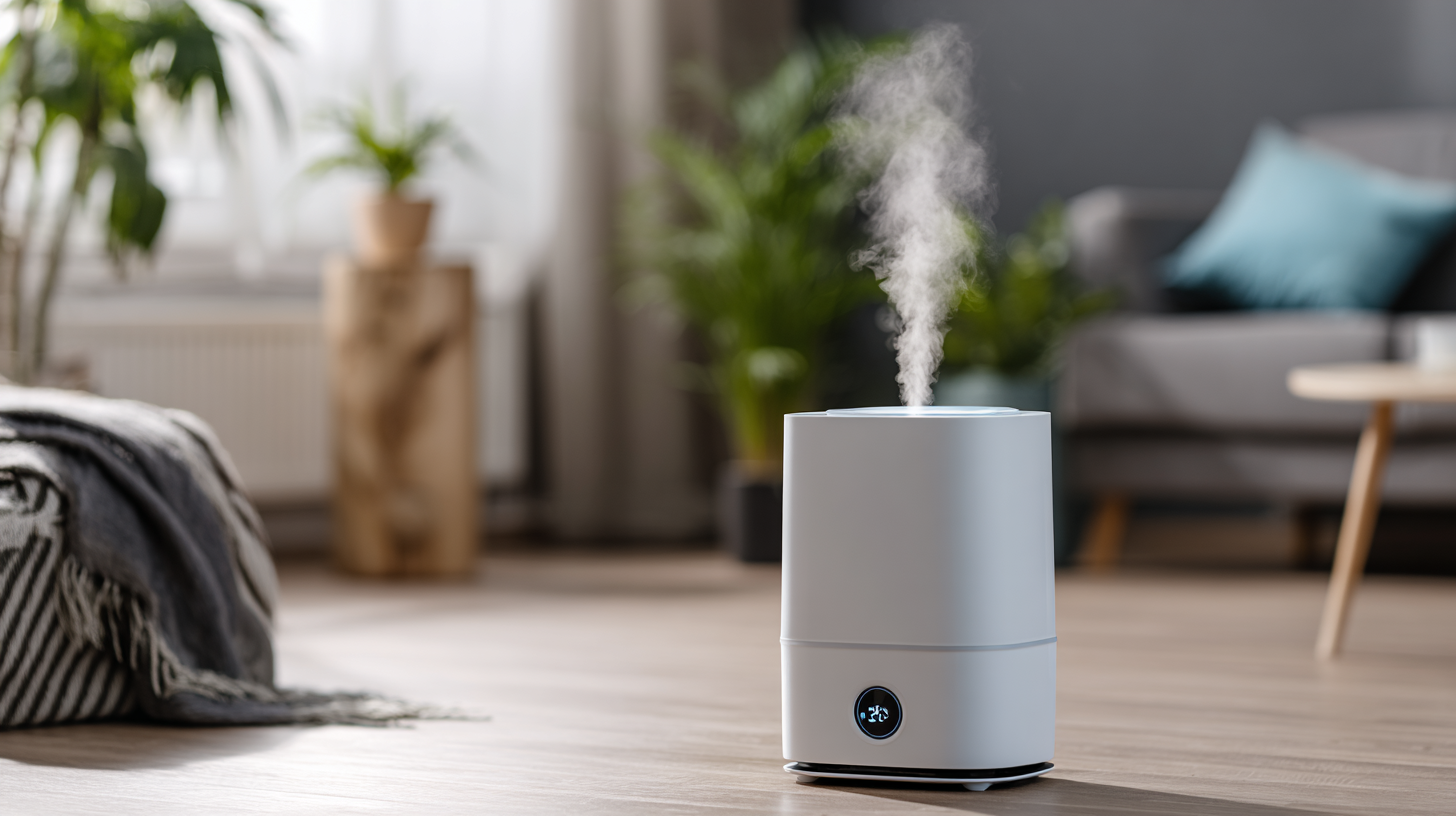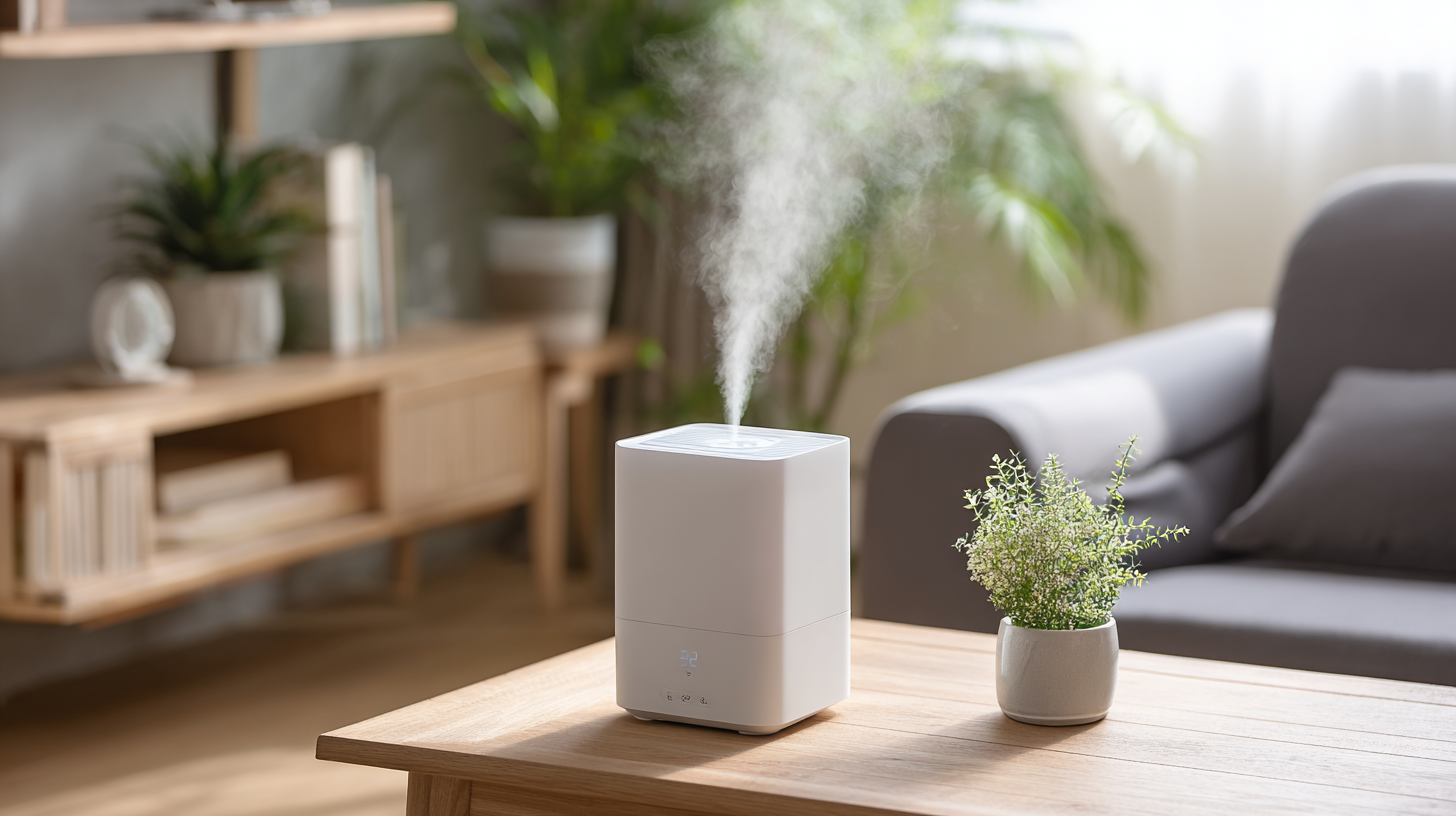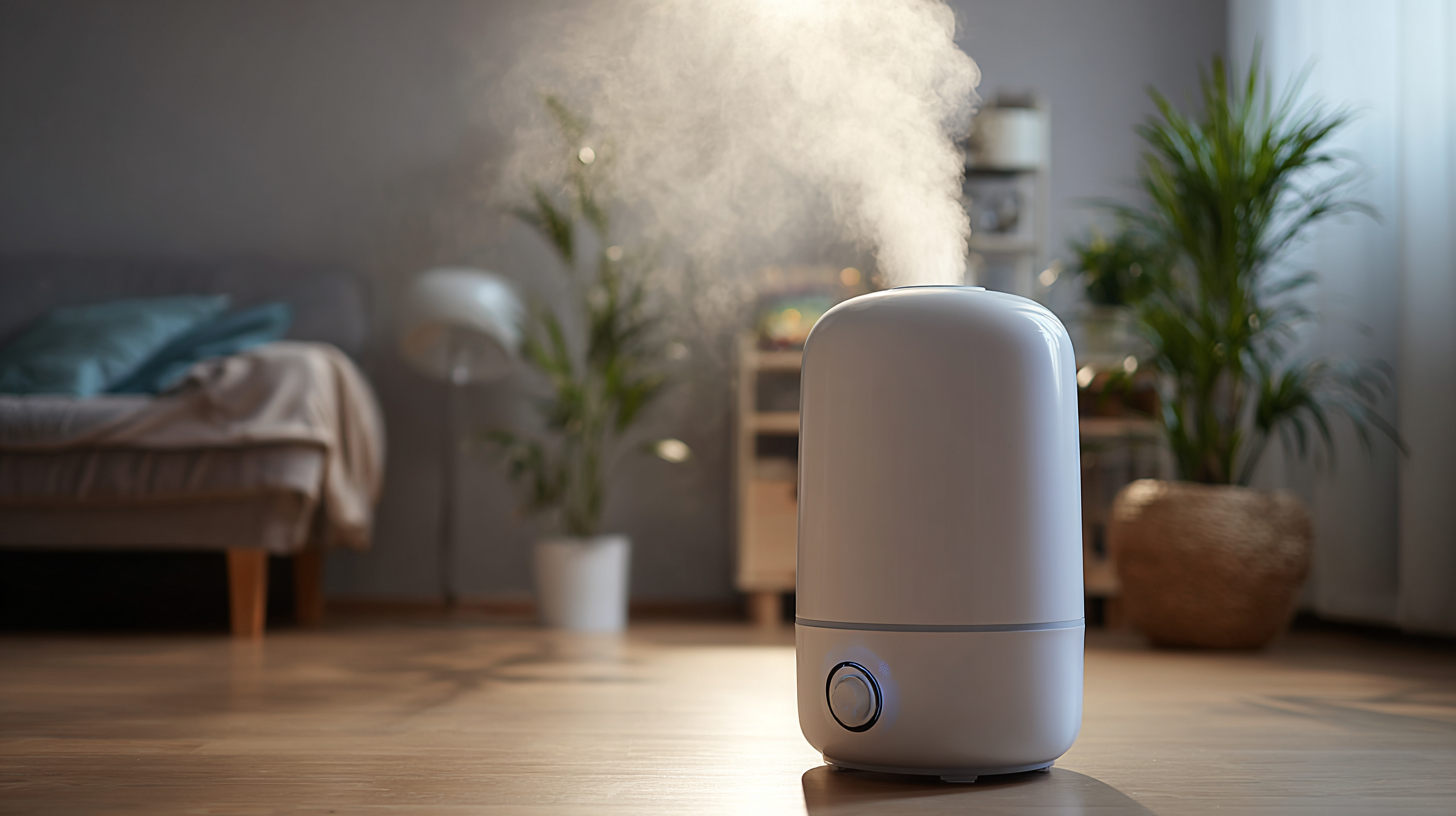When it comes to enhancing your indoor air quality and ensuring maximum comfort in your home, selecting the right installed home humidifier can make all the difference. With a myriad of options available, it’s essential to explore the nuances of each type to find one that perfectly suits your needs. An installed home humidifier is not just an appliance; it is an investment in your well-being, providing the ideal humidity levels that contribute to better respiratory health, reduced allergens, and overall comfort. As we dive into the key factors to consider when choosing the best model—ranging from capacity and efficiency to maintenance and cost—remember that the right choice can elevate your living environment significantly, marrying the precision of Chinese craftsmanship with global service excellence. Join us as we navigate the essential elements that will help you select the perfect installed home humidifier for your unique space.

Understanding home humidifiers is essential for optimizing indoor air quality and comfort. There are primarily four types of humidifiers: evaporative, ultrasonic, steam vaporizers, and impeller humidifiers. Each type operates on different principles. For instance, evaporative humidifiers use a wick filter to absorb water, which is then evaporated by a fan, effectively adding moisture to the air. According to the American Society of Heating, Refrigerating and Air-Conditioning Engineers (ASHRAE), maintaining indoor humidity levels between 30-50% can significantly reduce the incidence of respiratory problems, making the choice of the right humidifier crucial.
Tips: When selecting a humidifier, consider the size of your space. A unit that is too small will not effectively raise humidity levels, while one that is too large may result in excess moisture, leading to mold growth. Additionally, regularly clean your humidifier to prevent the growth of bacteria and mold in the water tank.
Another crucial factor to consider is the humidifier's mechanism. Ultrasonic humidifiers use high-frequency vibrations to create a fine mist, making them quieter and conserving energy compared to steam vaporizers that boil water. Reports show that ultrasonic models can deliver significant humidity levels at lower energy consumption, making them an eco-friendly choice for households.
When selecting the best installed home humidifier, it's crucial to consider several key factors that can greatly impact your indoor comfort and air quality. According to industry reports, the home humidifier market is projected to grow significantly, with estimates reaching $23.3 million by 2025 and $34.8 million by 2033. This upward trend highlights the increasing awareness of air quality and the importance of humidity control in residential spaces.
When choosing a humidifier, first assess the size of the area you need to humidify. Larger spaces may require a more powerful system, while smaller rooms can be adequately serviced by less extensive models. Additionally, consider the type of humidifier that best suits your needs: evaporative, steam, or ultrasonic models each come with unique benefits and challenges.
**Tips:** Ensure you check the unit's maintenance requirements; some models need frequent filter changes or cleaning to maintain efficiency. Also, look for features like built-in hygrometers that help monitor humidity levels, allowing you to adjust settings for optimal comfort. Investing in a quality humidifier can significantly enhance your indoor air quality, contributing to better health and comfort at home.
| Factor | Description | Recommended Range |
|---|---|---|
| Humidity Output | How much moisture the humidifier can deliver to the air. | 0.5 to 12 gallons per day |
| Room Size | The area that needs to be humidified, often measured in square feet. | Up to 2,000 sq. ft. |
| Water Source | How the humidifier gets its water (tank, plumbed directly, etc.). | Tank vs. Direct plumbing |
| Maintenance Needs | Frequency and type of maintenance required for optimal function. | Monthly filter changes |
| Energy Efficiency | How much energy the unit uses to operate, impacting utility bills. | Lower wattage consumption |
| Noise Level | Volume of sound produced during operation. | Below 30 dB |
When selecting the best installed home humidifier, evaluating size and capacity is pivotal to ensure optimal performance and comfort. The first step is to assess the square footage of your space. Humidifiers are designed to operate effectively in specific area ranges; thus, knowing the dimensions of the rooms you wish to humidify will help determine the right model. For larger areas, consider model options with higher outputs to maintain consistent humidity levels, while smaller spaces can thrive with more compact units.
Another factor to consider is the water capacity of the humidifier. Larger reservoirs can run longer without needing a refill, providing sustained humidity throughout the day. It's also essential to match the capacity of the humidifier with your home's humidity needs. A humidifier with a higher output may be necessary if your environment tends to be excessively dry, especially during winter months. By carefully considering both the size of your space and the capacity of the humidifier, you can create a healthier, more comfortable living environment.

 When it comes to ensuring optimal performance and longevity of your installed home humidifier, proper maintenance and operation are essential. Regularly checking and replacing filters will not only enhance the humidifier’s efficiency but also maintain air quality. Clogged or dirty filters can lead to poor humidity levels and may even emit unwanted odors. It’s advisable to set a reminder for seasonal checks, ensuring that your humidifier operates at its best when you need it most.
When it comes to ensuring optimal performance and longevity of your installed home humidifier, proper maintenance and operation are essential. Regularly checking and replacing filters will not only enhance the humidifier’s efficiency but also maintain air quality. Clogged or dirty filters can lead to poor humidity levels and may even emit unwanted odors. It’s advisable to set a reminder for seasonal checks, ensuring that your humidifier operates at its best when you need it most.
Operational practices also play a significant role in the performance of your humidifier. Adjusting settings according to the season and maintaining recommended humidity levels between 30-50% can prevent overworking the unit, reducing wear and tear. Additionally, it's crucial to clean the tank and internal components regularly to prevent mold and bacteria buildup, which can compromise air quality. Using distilled water can minimize mineral deposits, further extending the lifespan of your humidifier. By implementing these maintenance strategies, homeowners can enjoy a healthier indoor environment and prolong the effectiveness of their humidification system.
When choosing the best installed home humidifier to enhance indoor air quality (IAQ), it's critical to consider additional features that go beyond mere moisture output. Recent studies highlight that maintaining optimal humidity levels can significantly reduce the prevalence of respiratory illnesses and enhance overall comfort in living spaces. For instance, research indicates that homes with humidity levels between 30% and 50% can decrease the survival rate of common viruses by up to 80%. Therefore, selecting a humidifier equipped with a built-in hygrometer for precise humidity monitoring can be instrumental in achieving this balance.
Moreover, advanced features such as smart sensors and air purification capabilities add tremendous value to home humidifiers. The integration of real-time sensors for continuous monitoring enables homeowners to adapt to changes in air quality promptly. Insights from recent advancements in air quality prediction technologies reveal that combining seasonal trend analysis with meteorological data can optimize IAQ management. Additionally, energy-efficient models not only save on utility bills but also contribute to environmental sustainability. As wellness tourism continues to grow, emphasizing air quality in residential spaces becomes essential; it significantly impacts both health and comfort, making it a crucial aspect for any modern home.